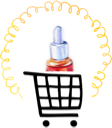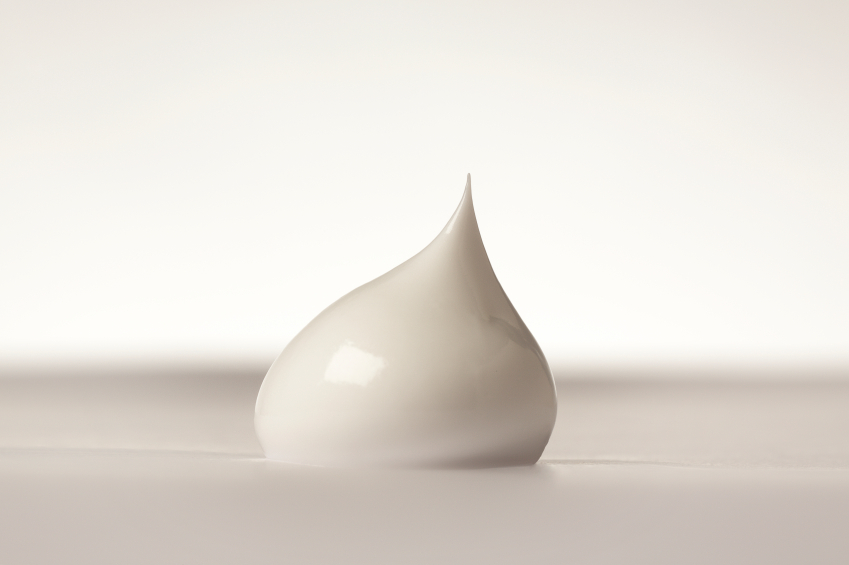I’m often asked by people with sensitive skin whether balms or cream are better for their skin. I’d love to deliver a simple answer, but unfortunately it’s not that clear-cut!
What’s the difference?
In essence, creams are best for skin hydration – driving moisture deep into the skin. Whilst balms are great for protecting skin from the elements and locking in existing moisture.
So, it isn’t a question of which one is best, as they serve different functions.
Creams
Because creams contain water, they require emulsifiers and preservatives, which aren’t organic ingredients, so you can never make a 100% organic cream.
Creams are ‘humectants’ or moisturisers. The water element in a cream actually adds hydration to the skin rather than just trapping what’s already there.
The cream emulsion effectively works as a vehicle to deliver the water into the skin. The fats (oils and butters) in the cream then help to make this water stick within the lower layers of the epidermis.
Additionally, the oils and butters nourish the skin in the same way that balms do BUT (and here’s the interesting bit) the emulsifying agents in creams help both the fat and water elements penetrate deeper into the skin and stay there.
Because of their high water content, creams are much lighter in texture and, unlike balms, absorb into the epidermis rather than creating a film on the surface of it.
The water used in creams is double or triple distilled or of pharmaceutical grade (i.e. extremely pure and very expensive!).
Balms
As balms have a wax base to them they work as an ‘occlusive’. They form a protective barrier on the skin that prevents water loss from the epidermis – the outer layer of the skin.
The fatty elements such as the oils and butters will nourish the skin but they do not actually add any hydration they just maintain what’s already there.
Balms are therefore brilliant at protecting the skin against extreme weather conditions and smoothing rough patches of skin on elbows and knees that suffer more abrasive wear and tear.
Balms are less good for facial skin day-to-day and can be particularly troublesome for combination or blemish-prone complexions as the wax component of balms is comedogenic (pore blocking).Organic balms are cheap and easy to make (requiring no mixing machinery), easy to certify and easy to preserve.
Organic balms are easy to make (requiring no mixing machinery), easy to certify and easy to preserve.
This is why so many people make their own at home and also why they tend to be – or at least should be, much cheaper to buy than organic cream products.
The important point to remember is you cannot hydrate the skin using a balm; only a water-based cream can hydrate the skin. But a balm is a great barrier option for very cold weather and chapped skin (think hands and lips.)


